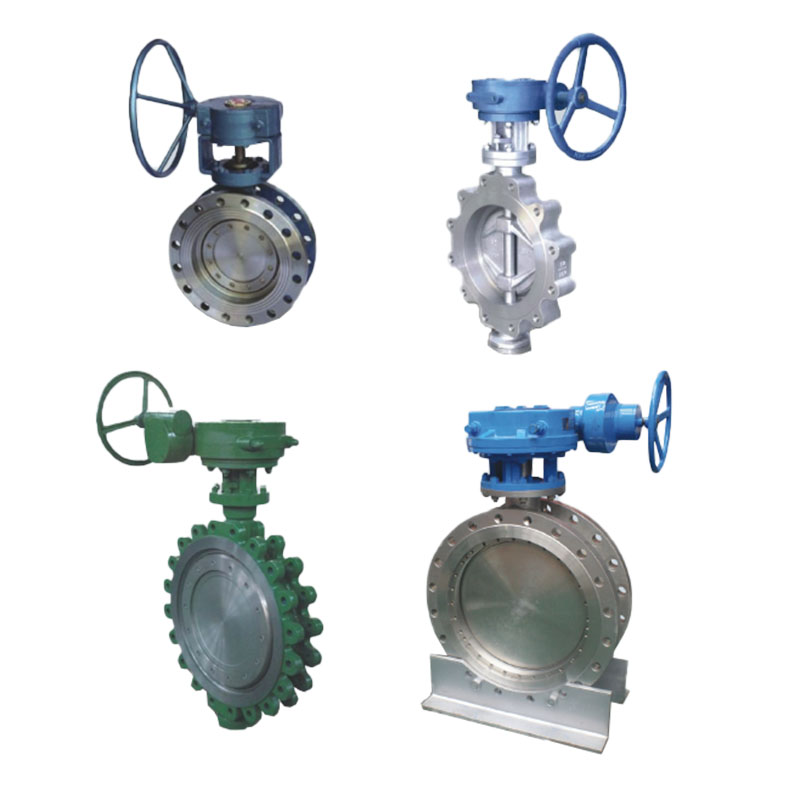Zhejiang Shunlin Valve Co., Ltd. is China Flange Valve Manufacturers, we are design and manufactures API standard valves (globe valves, gate valves, check valves, ball valves).
Valve parts come in many shapes
Update:2023-10-19 10:00:00 Thursday
Summary:Valve parts come in many shapes and sizes to meet the specific needs of different fluid applications. For example, valves that handle caustic washdown chemicals need materials that resist corrosion. Likewise, those that operate in cryogenic environme......
Valve parts come in many shapes and sizes to meet the specific needs of different fluid applications. For example, valves that handle caustic washdown chemicals need materials that resist corrosion. Likewise, those that operate in cryogenic environments need bodies and trims that remain ductile at extremely low temperatures. Highly corrosive fluids require high-grade stainless steel or alloy valve parts that are often coated to prevent damage.
There are four main categories of valve parts that are used to control and shut off a flow of liquid or gas. The most common are pressure containing parts that contact line media and non-pressure retaining parts that support movement of the control element. The pressure containing parts include the valve body, bonnet and control element (gate, plug or disc). Non-pressure retaining parts include the stem, handwheel or actuator, yoke, gland bolting and bushings.
The valve body is the primary pressure boundary that holds the movable trim and controls the flow of the liquid or gas. The valve body may be cast, fabricated, or welded from various types of metals like carbon steel, cast iron, bronze or stainless steel. The body may have flanged or socket weld ends to connect to piping and be fastened with threaded, threaded and welded, or union joints.
Next, the movable trim is the component that opens, closes or modulates the flow. This is a pressure related part that contacts the valve seat and moves the control element (gate, ball, or plug). Discs are manufactured from forged or cast metals with smooth machine surfaces to reduce friction with the seat. Depending on the design of the valve, the disc may open, throttle or shut off the flow.
Valves with a disc have one or more seats to ensure that the valve disc does not leak. There is only one seat in a globe or swing check valve, while gate and ball valves have two seats. The seats are usually screwed, welded, or integrally cast into the valve body and may be hard faced for improved wear resistance.
The non-pressure retaining parts of the valve are components that support movement of the control element and don’t come into contact with the fluid. The major non-pressure retaining parts include the valve trim - seat(s), stem, yoke, packing, gland bolting and bushings, handwheel or actuator mounting pads and other external fasteners.
For a reliable seal, a compression ring is needed between the valve body and bonnet. This is typically made from Teflon, elastomeric material or fibrous material. Some popular valve styles, like the diaphragm and pinch valves, don’t put any metal elements into the fluid stream and therefore don’t need a packing to keep the valve seal tight. However, these valves do need a packing, or gland follower and stuffing box, that compresses the packing against the valve stem to seal the passageway. The packing is replaced on a regular basis to maintain proper operation and seals.



 English
English 中文简体
中文简体 русский
русский







